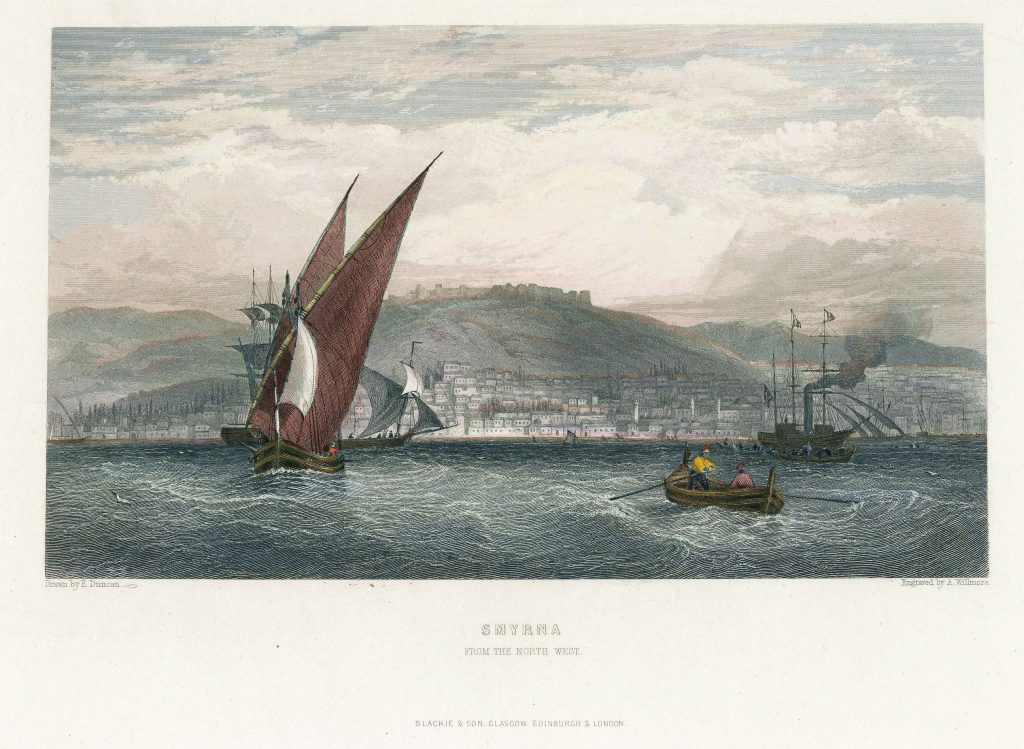Sardis: “He who overcomes will be arrayed in white garments …” (The Letters to the Seven Churches, pg. 13).
“Sardis … the capital of the ancient kingdom of Lydia … was situated in the middle Hermus valley at the foot of Mt. Tmolus, a steep and lofty spur of which formed the citadel. … Once at least, under the emperor Tiberius, in A.D. 17 it was destroyed by an earthquake; but it was always rebuilt, and was one of the great cities of western Asia Minor till the later Byzantine time. … Its importance was due, first to its military strength, secondly to its situation on an important highway, leading from the interior to the Aegean coast, and thirdly to its commanding the wide and fertile plain of the Hermus.”
“Sardis,” The Encyclopaedia Britannica, Vol. 24, p. 217.



